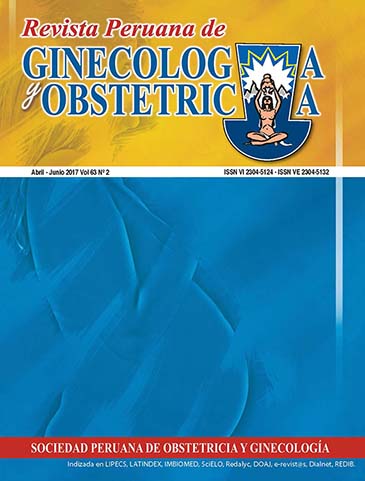Clinical, biophysical and biochemical markers for preeclampsia prediction
DOI:
https://doi.org/10.31403/rpgo.v63i1990Abstract
Preeclampsia is a major cause of maternal morbidity and mortality worldwide. The incidence of preeclampsia has increased in the past decade, which has been attributed to various predisposing factors. Despite decades of research into the condition, the ability of clinicians to predict it prior to the onset of symptoms has not improved significantly. No single screening test has gained widespread acceptance into clinical practice. Combinations of biochemical and ultrasonographic markers improve the performance of early prediction of preeclampsia. Screening with a combination of maternal risk factors, uterine artery Doppler, mean arterial pressure, maternal serum pregnancy associated plasma protein-A, and placental growth factor can identify about 95% of cases of early onset preeclampsia. Interestingly, intense research has unveiled the names of some important biomolecules which play an influential role in the vasculogenesis of the early placenta. Question remains whether a single set of parameters can diagnose such a complex syndrome. In this review, we will examine the pathophysiology underlying preeclampsia and examine potential clinical, biological and biophysical markers for early prediction.Downloads
Download data is not yet available.
Downloads
Published
2017-07-11
How to Cite
Reyna-Villasmil, E., Mayner-Tresol, G., Herrera-Moya, P., & Briceño-Pérez, C. (2017). Clinical, biophysical and biochemical markers for preeclampsia prediction. The Peruvian Journal of Gynecology and Obstetrics, 63(2), 227–233. https://doi.org/10.31403/rpgo.v63i1990
Issue
Section
Simposio
















